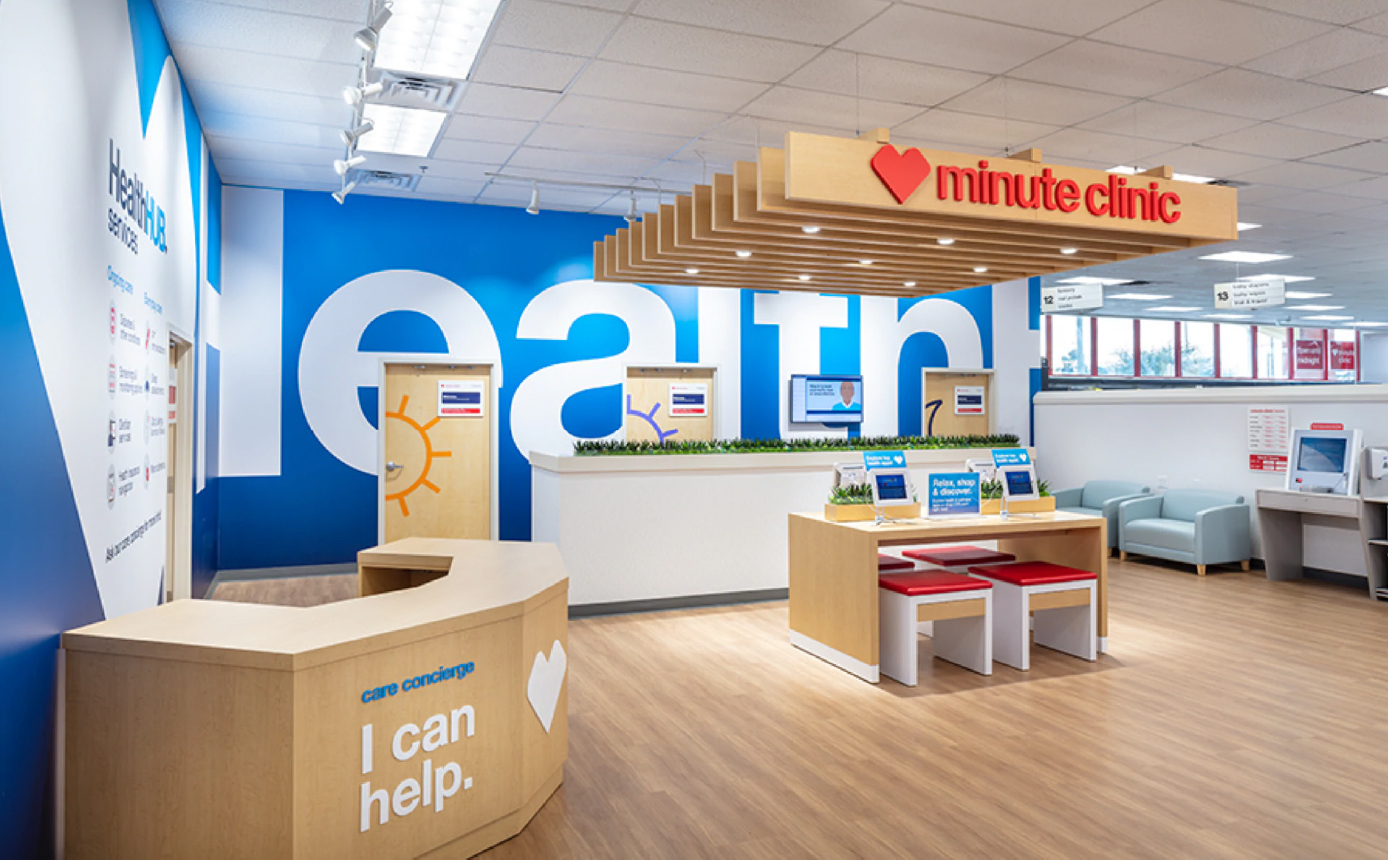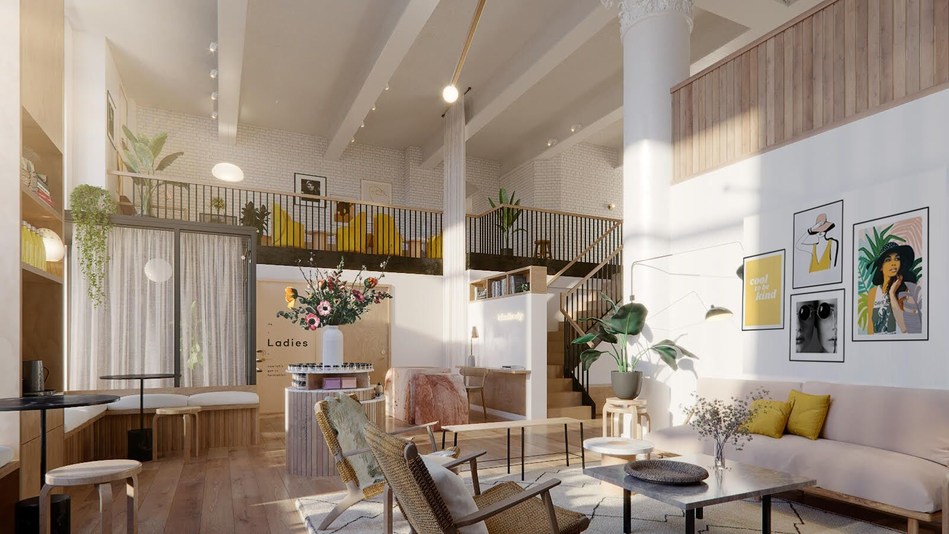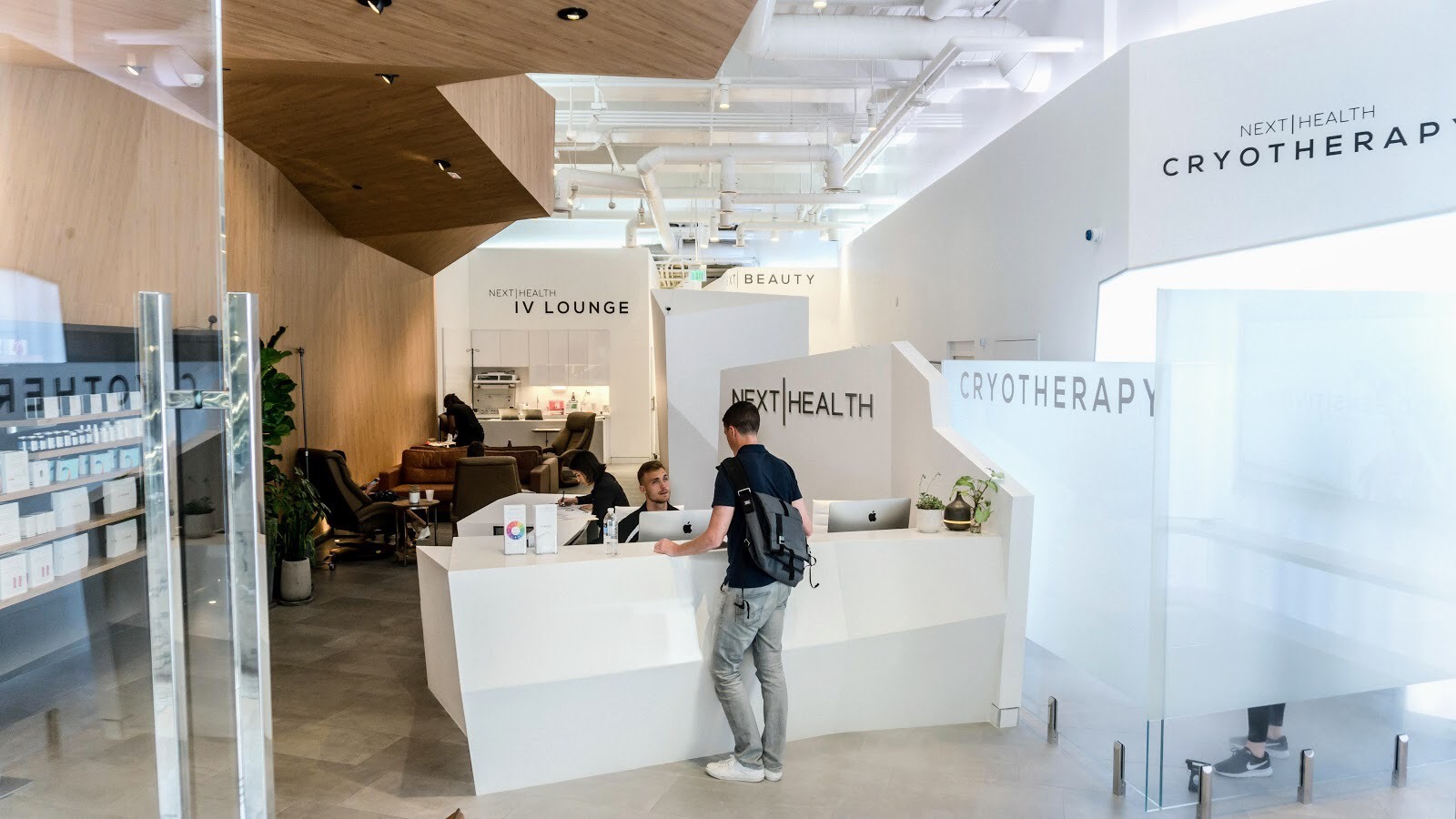Elevating Design: A Call to Action to Evaluate Our Approach to Design and Architecture
Two simple words, but what does it really mean to “elevate” design? NELSON National Practice Leader and architect Haril Pandya, FAIA shares his thoughts about how the answer lies in collaboration.
Why is great design so critical? And for that matter, what is “great design”? Who determines if the design is great? Is there a jury? Is it just simply public opinion? Is it how many awards are on your shelf?
We have been taught ever since design or architecture school that design needs to be excellent. We judge “excellent” in comparison to something else. So, if there’s excellent design, then it stands to reason that there must be bad design. Right?
It goes without saying that architecture and design is a blend of art and science. And yes, both of these components can be elevated. Think about what we knew in science 50 years ago versus today. What about forms of art or media today versus 50 years ago? They’ve both evolved, and one can even say they’ve been “elevated.”
This is NOT a public service announcement, but a call to action.
Whether you are a recent graduate fresh out of design school, or you’ve been practicing for 35 years or more, every project we take on – no matter how small or big – the solution is rooted in design. That is fundamental. It’s what our clients seek us out for, it’s what we are known for, and it’s the core of our mission and our purpose.
Design can be an egocentric profession at times because design is personal and therefore subjective, despite the fact that its outcome is for the masses – a contradiction in terms in many ways. So how do we take something that’s so personal to us and at the same time be critical enough to give it the perspective it deserves, to make sure the solution is the best one?
Now more than ever, it’s critical to combine our experiences, our expertise, and our life stories to produce the best possible outcome. Whether you’re an architect or designer, an accountant or a manager, we are also moms, dads, artists, musicians, sculptors, photographers, writers, chefs, athletes, and more. These life experiences, when combined with our professional experiences, are what allow us as professionals to generate the best solutions.
So why work together? As individuals, we can be critical or compassionate, opinionated, or constructive, egotistic or educative. The design profession is an apprentice-based field where experience is handed down from the more senior to the more junior, year over year, project over project. So how do we assemble all of that knowledge, whether it’s fresh and new and rooted in innovation or gleaned from lessons learned over decades in multiple project types and places? Selfless collaboration.
Whether the goal is to amass as many design awards as possible, or earn your license, become a fellow, contribute to a social cause like diversity, or advocate for the licensure of interior designers, they are only achieved if our sense of design and our ability to be self-critical is elevated. I am fortunate enough to be in a firm with incredible minds, incredible talent, incredible experience, and incredible diversity – with leadership playing a key role in mentorship.
Elevating design is not a box we check. It’s about how we challenge our beliefs – our fundamental perception of design – and implement it to show our clients that something can more beautiful or can function better without costing more. It’s how we convince our clients that doing something strategically valuable today will help their ROI in the long run, but it begins with convincing ourselves that design is critical and that we are critical to design.
As One NELSON, we are a giant force of creativity, ingenuity, innovation, and critical thinking. We collaborate across our various and diverse practice areas to get opinions and to challenge ourselves and others. There will always be a budget, and there will always going to be deadlines or other constraints. But that doesn’t stop the greatest architects and designers in the world from creating tremendous and beautiful solutions.
We have all of the tools we need to elevate design in our brains. The brain allows empathy, compassion, curiosity, and the by-products are innovation, creativity, strategy, and beautiful design. I challenge everyone reading this column to reach out and find two or three people you work with regularly and two or three you don’t normally collaborate with and ask, “Can I have your opinion on something? Do you mind looking at this for a minute and giving me your thoughts?” In that moment, design has instantly become elevated.
The most beautiful, or functional, objects we see and use every day are not created by a single person. There is a team of experts that possess a wide variety of experiences that each play an important role. Artists can sign the bottom of their paintings, and architects can be memorialized on plaques, but without a team of people those outcomes do not happen. So reach out, challenge your design thinking, challenge the way you’ve been looking at a project for weeks. We are all here to help each other elevate design.
Restaurant Development + Design: The colonel’s museum gets a new look
KFC got its start in Corbin, Kentucky. The Harland Sanders Café & Museum in the location of that original restaurant has been redesigned to better celebrate the chain’s founder.
The word “iconic” gets tossed around a lot in the restaurant industry. Every chain with more than a couple of decades of history will talk about its iconic logo or its iconic mascot. There’s nothing wrong with this, as some legends are local, but it’s mostly marketing. There simply are not that many true icons among chain restaurants.
Read more with Restaurant Development + Design here.
The Expanding Definition of Healthcare: Why Medi-Retail is Making Waves
In recent years we’ve noticed a dramatic shift in the way consumers view healthcare. In an era of self-care and “treat yourself” mantras, healthcare is no longer seen just as treatment for an illness or injury. The meaning now expands to beauty, wellness, fitness, and more, and consumers are demanding these services be more accessible.
Today’s generation of consumers are more informed than ever before. They can now form opinions about their health in seconds, simply through a Google search, without having to make a visit to the doctor’s office. And according to CB Insights, the global wellness industry is worth almost $4 trillion. This means consumers are likely spending their dollars on preventative “wellness” measures long before going through a traditional healthcare system.
With an increase in vacant space in malls throughout the country, there is a glaring opportunity to transform these spaces to meet consumer demands through medi-retail collaborations. Most of the time, hospitals and health clinics are far away from the city center, with inconvenient parking, and long wait times for appointments. Malls and other retail settings make sense because of their location, ease of access, and dark anchor space, making it a win-win collaboration.
So, what do these medi-retail offerings look like? They come in all shapes and sizes. From pharmacy extensions and alternative health solutions to dispensaries and boutique fitness centers, medi-retail opportunities run the gamut.
New Age Pharmacies
Goodbye stuffy doctor’s offices and clinics, hello neighborhood CVS. Drop-in clinics of the past are transforming from a doc-in-the-box perception to expanded, in-depth outpatient services. In 2018, 47% of U.S. millennials were already moving on from these outdated settings and experimenting with these new-age pharmacy expansions according to Sylus. And these concepts will only grow from here.
CVS’s HealthHub, located in Texas, is just one example of a new-age pharmacy, dedicating 20% of the store to care, health products, and services. Patients can get vital tests and receive basic care for minor illnesses at the minute clinic. They even provide health-focused seminars on healthy eating and cooking with registered dietitians.

CVS Health Hub | Photo: CVS
Feel Good Healthcare
With the definition of healthcare evolving, more consumers are looking for these types of services. From cosmetic dentistry and Botox, to women’s health, retailers can capitalize off of these types of medi-retail offerings.
Kindbody, a fertility clinic with locations in New York, San Francisco, and Los Angeles, offers fertility consultations, egg and embryo freezing, and more. Part of their mission is to make these types of services more accessible and approachable for women. Before clinics like Kindbody, fertility services were unaffordable, inaccessible, and unenjoyable.

Kindbody: Reimagined Women’s Healthcare | Photo: Kindbody
Avant-Garde Offerings
Progressive healthcare is becoming more and more popular among today’s generation. Circling back to the informed consumers of today, and social media influencers serving as progressive healthcare guinea pigs, these avant-garde healthcare offerings will be buzz-worthy additions to any retail setting.
Next Health, a health optimization and longevity destination gives consumers access to some of today’s most innovative medical technologies including cryotherapy, food sensitivity testing, DNA testing, and more. Modern health centers like Next Health empower consumers to take their health into their own hands.

Next Health Cryotherapy | Photo: Next Health
The Business Journals: Trammell Crow Industrial Project Nears Completion at Seattle Port
Read more with The Business Journals here.
Adaptability, Comfort, Safety: Bringing back the open office post COVID-19
NELSON Worldwide’s Holly Williamson shares insight with Mann Report on how open offices are crucial for mentorship in the workplace.
Work Design: The Future of Law Offices Does Without Hierarchical Spaces
Kristin Cerutti of NELSON Worldwide explores how law office design is moving away from hierarchical spaces and adopting the free-thinking plan. Read more with Work Design here.
iOffice Workplace Innovator Podcast: A Conversation About The Forces Changing How We Use Office Space
In a recent iOffice Workplace Innovator Podcast titled “A Conversation about the Forces Changing How We Use Office Space”, teammate David Wagner and other industry leaders discussed their perspectives on the future of the workplace for both traditional and coworking spaces. Check out this audio edit of the broadcast and then download the video of the full conversation including a fascinating Q&A time with these experts!
The Architect’s Newspaper: RIOS’s Echo Street West Development in Atlanta Recalls a Railroad Past
Echo Street West is a new mixed use development designed and master planned by RIOS. The project is sited at the confluence of several neighborhoods in northwest Atlanta and takes advantage of a recently completed expansion to Atlanta’s BeltLine initiative.
Read more with The Architect’s Newspaper here.
Work Design Magazine: Sweet Success! Ferrara Candy Company’s Innovation Center
NELSON Worldwide adds an Innovation Center to Ferrara Candy Company’s Chicago Headquarters.
Read more with Work Design Magazine here.
Minnesota Real Estate Journal: The Office Repositioning
John “Ozzie” Nelson, CEO of NELSON Worldwide, expressed his insights on adopting a fresh office environment for companies keen on bringing their employees back to the workplace.
Read more with Minnesota Real Estate Journal here.